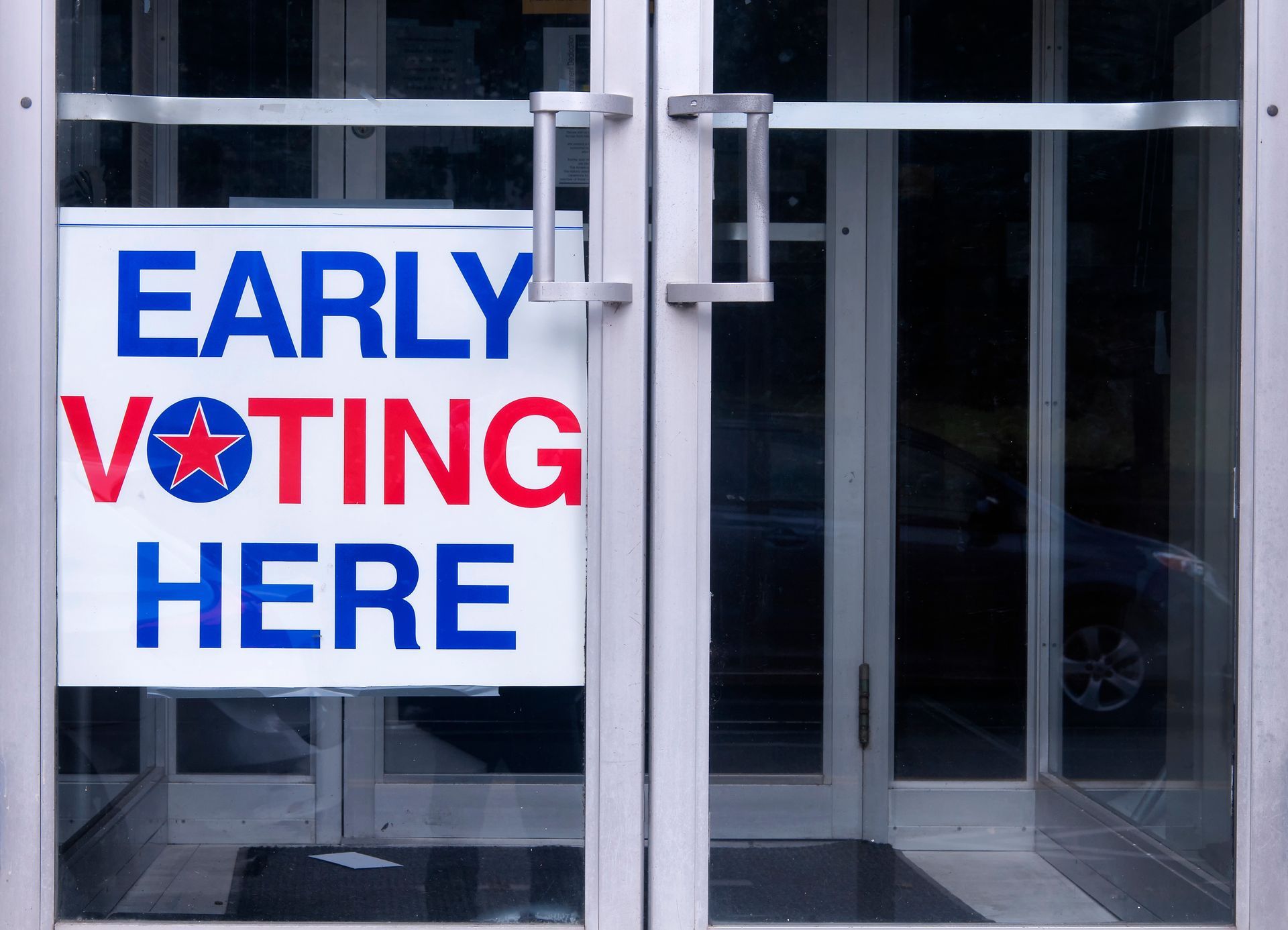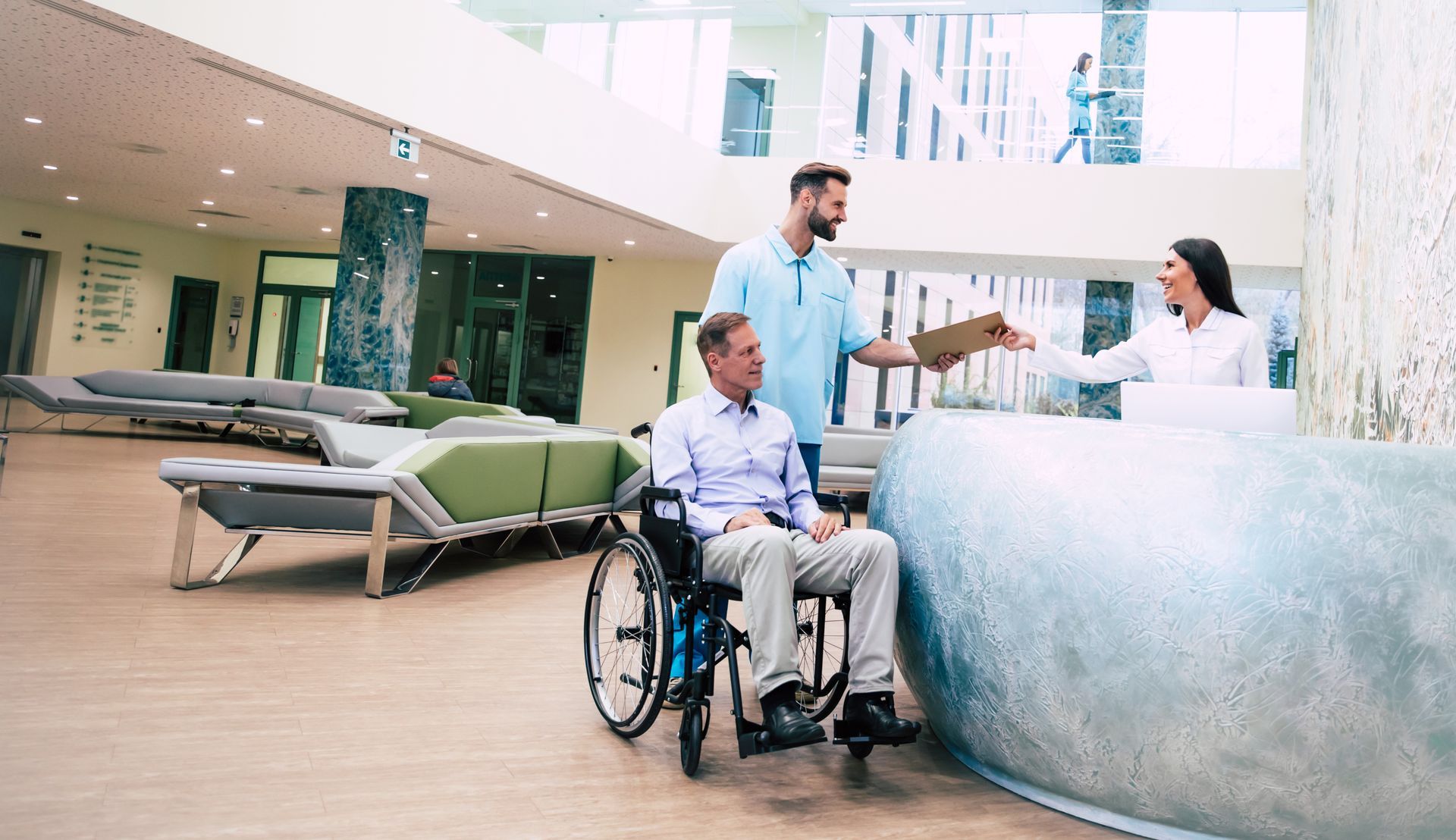Children are required to be secured in some kind of child restraints until they either turn eight or grow to 4’ 9” tall. Infants and babies under 20 pounds are required to sit in rear-facing seats. There’s technically no law requiring children to sit in the back seat, but various Minnesota agencies, such as the Office of Traffic Safety , recommend it.
Child seat violations are considered petty misdemeanors and result in a $50 citation for the first offense. In some cases, you may be able to get the fine waived if you can provide proof that you purchased an appropriate safety seat within 14 days of your ticket.
What Are the Current Best Practices for Child Booster Seat & Rear Facing Seat Safety in Vehicles?
- Keep children in rear-facing seats for as long as they fit in them
- Children should continue using the forward-facing seats with a tether and harness until they reach the height and weight limit set by the seat’s manufacturer
- Once a child has outgrown the forward-facing seat, they should use a booster seat until they either turn eight or reach 4 feet 9 inches tall
- Children shouldn’t transition to booster seats until at least four years of age
- To safely use a seat belt, children should ideally be able to sit with their back straight against the seat, with their knees bent over the edge of the seat and their feet touching the floor
- Base decisions on when to stop using booster seats on height rather than age
- Children under the age of 13 should sit in the back seat
Of the 17 children aged zero to seven that died in Minnesota car accidents between 2015 and 2019, 59 percent of them were not in a properly secured seat appropriate for their height and age. During that same period, 87 car-seat aged children were seriously injured in car crashes in Minnesota, with just over half being properly secured.
More than 17,000 Minnesota children who were in properly secured car seats were involved in car accidents between 2015 and 2019. About 87 percent of them suffered no injuries, and approximately 10 percent suffered only minor injuries.
A study by the Minnesota Department of Public Safety found that 43 percent of children who died in crashes were not probably buckled in and 13 percent were seated in the front seat when they should have been in the back.
How Minnesota Stacks up to Other States
A 2017 Journal of Pediatrics study using National Highway Traffic Safety Administration crash data found the Midwest was in the middle of the pack on children car safety. According to their analysis, child car crash fatality distribution was:
- 52 percent in the South
- 21 percent in the West
- 19 percent in the Midwest
- 5 percent in the Northeast
The South had 1.34 auto accident deaths per 100,000 children, while the Midwest had 0.89 auto accident deaths per 100,000 children.
According to the authors’ analysis, 21 percent of children involved in fatal car crashes in Minnesota auto accidents either had no restraint or inadequate safety restraints.
About 74 precent of Minnesota’s fatal crashes involving children were on rural roads.
Mississippi had the highest rate of no restraint or improper restraint fatal accidents at 38 percent, while New Hampshire had the lowest at just two percent.
The number of fatality crashes with child passengers within the scope of the study varied greatly from state to state. Rhode Island only had 18, while Texas had 2,017. Only three children died in Rhode Island’s 18 fatality accidents, while 346 died in Texas. In both states the rate rounds to 17 percent, which is lower than Minnesota’s 21 percent.
Children did not make up the majority of deaths in those fatality crashes. New Hampshire had the lowest rate of children deaths in fatality crashes at just 8 percent, while Nebraska had the highest rate at 30 percent.
Don’t Let Your Child Become a Statistic
Minnesota has relatively loose laws for children car seats and passenger restraints, which means parents often need to use their own discretion. When it comes to the safety of their children, most parents willingly exceed the minimum requirements.
Some parents are eligible to receive free or discounted car seats through local programs or their health insurance provider. For example, Hennepin Health offers a free car seat program
for members who are at least 28 weeks pregnant as well as those with insured children between the ages of zero and seven. You may want to contact your insurance provider to see if you are eligible for a similar program.
If you or a loved one are ever involved in a car crash, truck accident or any other type of auto accident, the lawyer referral counselors at the Minnesota Lawyer Referral and Information Service can help you find an appropriate Minneapolis–Saint Paul personal injury lawyer.
Call (612) 752-6699 or fill out our form
to get started.
The post What Are the Specific Car Seat Laws in Minnesota
first appeared on Minnesota Lawyer Referral and Information Service.
Minnesota has relatively loose laws for children car seats and passenger restraints, which means parents often need to use their own discretion. When it comes to the safety of their children, most parents willingly exceed the minimum requirements.
Some parents are eligible to receive free or discounted car seats through local programs or their health insurance provider. For example, Hennepin Health offers a free car seat program for members who are at least 28 weeks pregnant as well as those with insured children between the ages of zero and seven. You may want to contact your insurance provider to see if you are eligible for a similar program.
If you or a loved one are ever involved in a car crash, truck accident or any other type of auto accident, the lawyer referral counselors at the Minnesota Lawyer Referral and Information Service can help you find an appropriate Minneapolis–Saint Paul personal injury lawyer.
Call (612) 752-6699 or fill out our form to get started.
The post What Are the Specific Car Seat Laws in Minnesota first appeared on Minnesota Lawyer Referral and Information Service.




